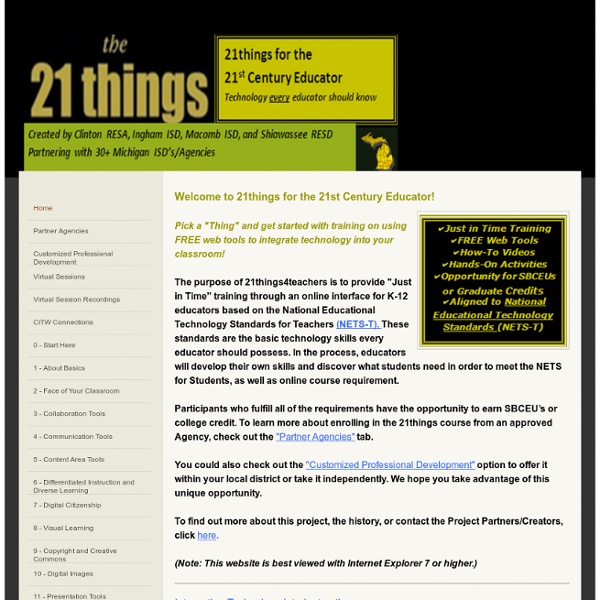



Top 50 Education Technology Blogs Education technology has many supporters in its movement to alter traditional teaching methods. This list of the top 50 education technology blogs includes writers, technicians and social media experts…but they all are teachers. The “movers” are teachers who facilitate learning among other teachers and in the classroom, the “shakers” teach new philosophies and innovations, and the folks “on the ground” offer news, tools and methods of using those tools in the classroom. This list is divided into those three categories, and each link within those categories is listed alphabetically. The links lead straight to the recently updated blogs, and the descriptions supply information about that blogger’s achievements, including careers and jobs. Movers Shakers Absence of Limitations: Through over two decades of IT experience, Mr. On the Ground
Kmitta, D., & Davis, J. (2004). Why PT3? An analysis BibTeX @MISC{Kmitta_kmitta,d.,, author = {Daniel Kmitta and John Davis}, title = {Kmitta, D., & Davis, J. (2004). Why PT3? An analysis of the impact of educational technology. Contemporary Issues in Technology and Teacher Education, 4(3), 323-344. Bookmark OpenURL Abstract This paper examines three questions regarding the use of computer technologies and education. Citations Transforming the Culture of High Scho Society for Information Technology & Teacher Education International Conference, in Phoenix, AZ, USA ISBN 978-1-880094-55-6 Publisher: Association for the Advancement of Computing in Education (AACE), Chesapeake, VA Abstract Placing technology in schools and mandating an ICT program of studies is not enough to enable teachers and students to acquire the skills and proficiencies to use them effectively (Breuleux, 2001). Citation Saar, C. & Bechtold, S. (2005). OpenURL Keywords